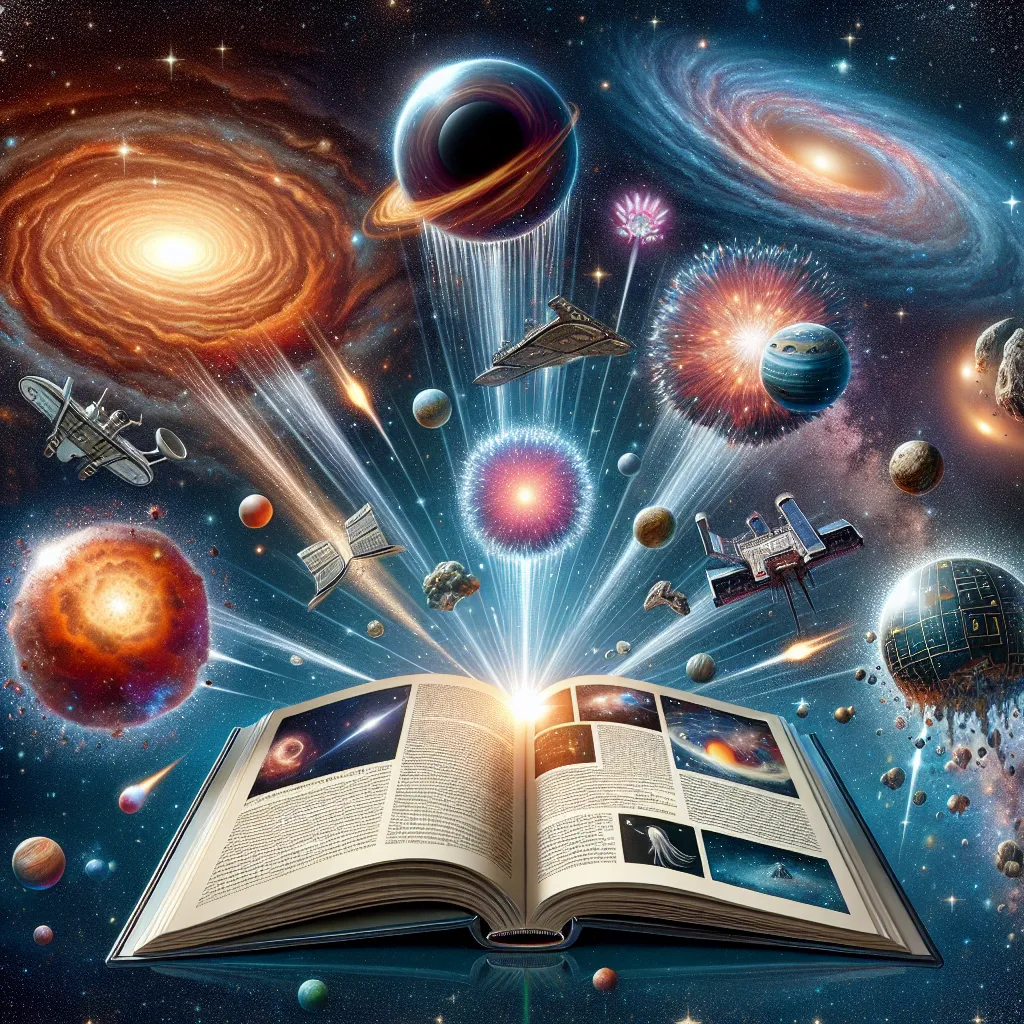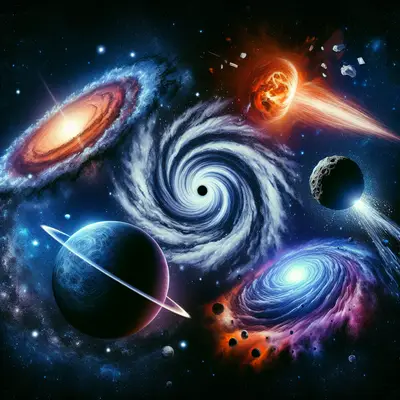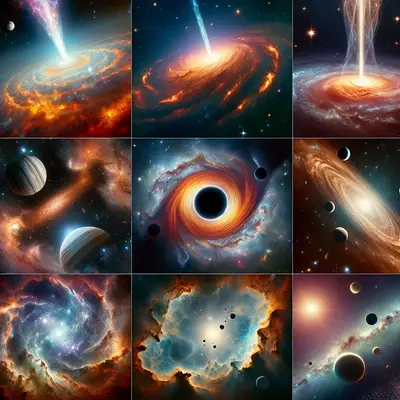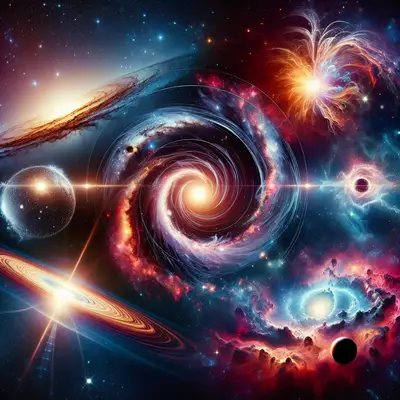The Mysterious Dark Matter
For a phenomenon that cannot be directly observed, dark matter sure does hold the universe in its grasp. It's a cosmic enigma that makes up about 27% of the universe, yet we can only infer its existence through its gravitational effects on visible matter. Scientists believe that the invisible and unidentified substance is the glue that holds galaxies together and prevents them from tearing apart due to their rotational speed.
The Enchanting Dance of Galaxies
Galaxies don't merely stand still in space; they perform an enchanting ballet, merging and interacting with each other over billions of years. This cosmic dance results in remarkable formations, including ring galaxies, elliptical galaxies, and even irregular galaxies. The Milky Way, our very own galaxy, is predicted to collide with the Andromeda galaxy in about 4 billion years, promising a mesmerizing spectacle for future inhabitants of the cosmos.
The Intriguing Black Holes
Black holes are amongst the universe's most mysterious entities. Born from the remnants of massive stars, they possess gravity so strong that nothing, not even light, can escape their clutches. Recent discoveries have revealed that black holes are not simply destructive forces but may play a crucial role in the birth of stars and galaxy formation.
The Enigmatic Neutron Stars
Neutron stars, the densest objects in the universe, are the remnants of supernovae - spectacular explosions marking the death of massive stars. These cosmic gems may only be about 20 kilometers in diameter, but they carry more mass than our Sun. Moreover, their rapid rotation and strong magnetic fields generate beams of electromagnetic radiation, leading to the creation of pulsars, some of the most accurate celestial clocks.
The Mysterious Dark Energy
Dark energy, a hypothetical form of energy, is thought to permeate all of space and cause the universe's accelerating expansion. Scientists estimate that dark energy constitutes about 68% of the universe, yet its nature remains one of the biggest mysteries in cosmology. Unraveling the secrets of dark energy could revolutionize our understanding of the universe's fate.
Conclusion
From the enigmatic dark matter to the intriguing black holes, these cosmic phenomena serve as a testament to the universe's grandeur and mystery. They remind us that we are but tiny spectators in this vast cosmic theater, constantly learning, unlearning, and relearning the secrets of the cosmos. As we continue to peer deeper into the universe, who knows what other celestial wonders await discovery? In the words of Carl Sagan, "Somewhere, something incredible is waiting to be known."



